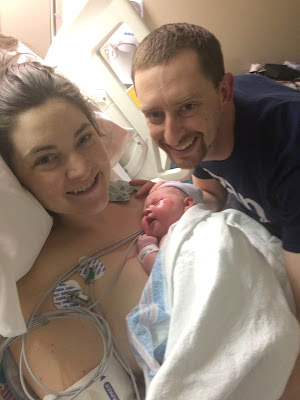Here's my five Mary statements, including the page I wrote on #5, which was my favorite:
1. Our four dogmatic teachings on Mary—The Immaculate Conception, Perpetual Virginity, Mary as Mother of God (Theotokos), and the Assumption—are each a part of Mary’s modeling of the Christian ideal to which all Christians should aspire.
2. The evolution of teachings on Mary has been gradual and deliberative; Catholic belief in various Marian devotions has never been unanimous, and the teaching of the Church is the product of much thought and disagreement.
3. The call of Mary, as described by St. Luke in his Gospel, is the only instance in the Bible of a direct mission call from God followed by a direct verbal assent.
4. Mary is the only human being to be present in all three eras of salvation history: the Law and the Prophets; the ministry of Jesus Christ; and the Church.
5. In the Gospel of John, just before Jesus utters, “It is finished”, on the cross, he entrusts his mother Mary and the beloved disciple, John, to one another; in this action, Jesus essentially begins the Church.
In the Gospel of John, we hear the narrative of Jesus’ crucifixion descriptively. After Jesus is put on the cross, he sees Mary and some women beneath Him and then also sees the disciple whom he loved. In a final act of merciful compassion, Jesus unites the two people who, in the human sense of the term, he loved most. Jesus says to his mother, “Dear woman, here is your son,” and to the disciple, “Here is your mother” (John 19:26-27). Jesus commends these two people to one another, trusting that the love they showed show profoundly during Christ’s time on earth will endure past His death. John adds, “From that time on, this disciple took her into his home” (John 19:27). The two became a kind of family, founded on their union in Christ who, in His commending these two to one another, has created His Church.



No comments:
Post a Comment